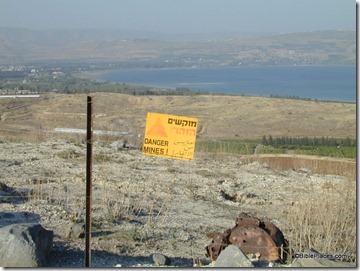The celebration of Purim begins tonight and commemorates the deliverance of the Jewish people described in the book of Esther. If you have not read the book in a while, this might be a good occasion to do so with family and friends.
You might understand the book better if you recognize that there are three sections. The first two chapters introduce the main characters and put them in position for their timely action. The central section reveals the plot, beginning with Haman’s successful efforts to secure a degree ordering the slaughter of the Jews and concluding with Haman’s death and the issuing of a counter-edict (3:1–9:19). The third section concludes the book with the declaration of the annual celebration of Purim to remember the deliverance of the Jews (9:20-10:3).
If you are a more advanced reader, you might pay more attention in your next reading to the author’s use of the number two. There are two queens, two heroes, two decrees, two banquets hosted by Esther, and many other such examples.
In a recent study of the book, I appreciated this statement by Robert Gordis:
Anti-Semites have always hated the book, and the Nazis forbade its reading in the crematoria and the concentration camps. In the dark days before their deaths, Jewish inmates of Auschwitz, Dachau, Treblinka, and Bergen-Belsen wrote the Book of Esther from memory and read it in secret on Purim. Both they and their brutal foes understood its message. This unforgettable book teaches that Jewish resistance to annihilation, then as now, represents the service of God and devotion to His cause. In every age, martyrs and heroes, as well as ordinary men and women, have seen in it not merely a record of past deliverance but a prophecy of future salvation” (Megillat Esther. New York: Rabbinical Assembly, 1974, p. 14).
More about the modern celebration of the holiday is given in this article published yesterday by Arutz-7. A couple of years ago we posted a few photos of the holiday in connection with an article about “The Tomb of Mordechai and Esther.”

